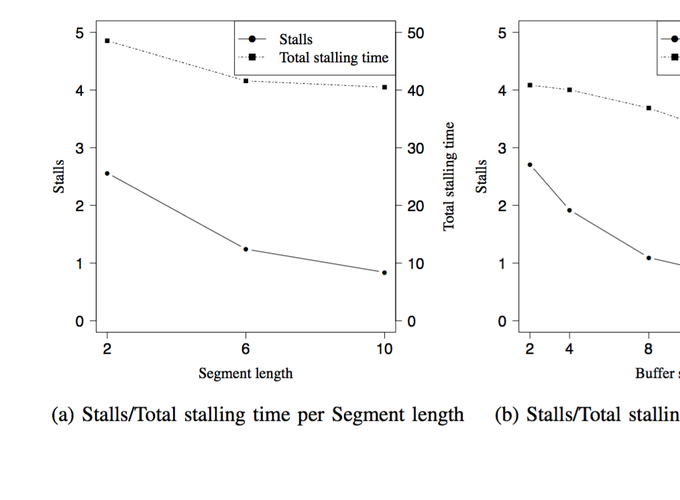A Layered Model for Quality Estimation of HTTP Video from QoS Measurements

A Layered Model for Quality Estimation of HTTP Video from QoS Measurements
Abstract
HTTP video is quickly becoming a dominating type of traffic on the Internet, with popular services such as YouTube and Netflix being used by hundreds of millions of users daily, and showing ever-growing usage numbers. Understanding Quality of Experience (QoE) for these services is an important topic, and one that has been addressed in the literature. However, the available works focus on the impact of application-level events (e.g. stalls) on the perceived quality, but not on the underlying cause, i.e., network-level impairments, as the relation between Quality of Service (QoS) and QoE is significantly more complex than it was in the case of RTP/UDP based video, due to HTTP video being streamed over TCP. In this paper we present a first step in the direction of solving this QoS-to-QoE mapping for HTTP video, by providing a (parametric) layered model approach for network-side QoE monitoring.